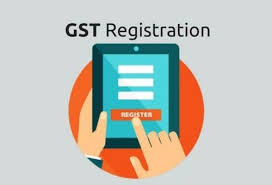
- May 26, 2020
- CA Sundram Gupta
GST Registration Procedure
ELIGIBILITY FOR GST REGISTRATION AND REGISTRATION PROCEDURE
Read moreThe name of the company is the first and foremost decision that a person makes for new company registration. It is the first identity that goes out to consumers or investors that’s why it needs to be unique, desirable and one of its kind to make it stand out of the rest. Therefore, choosing a right name of new private limited company registration becomes extremely important and should be done meticulously.

Accumulation of Input Tax Credit happens when the tax paid on inputs is more than the output tax liability. Such accumulation will have to be carried over to the next financial year till such time as it can be utilised by the registered person for payment of output tax liability.
The provisions pertaining to refund contained in the GST law aim to streamline and standardise the refund procedures under GST regime. Thus, under the GST regime there will be a standardised form for making any claim for refunds.

ELIGIBILITY FOR GST REGISTRATION AND REGISTRATION PROCEDURE
Read moreProcedure of ammendment of GST registration
Read moreThe basic features of the return mechanism in GST
Read more